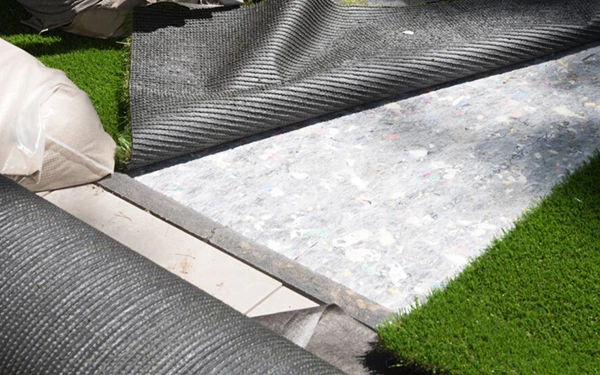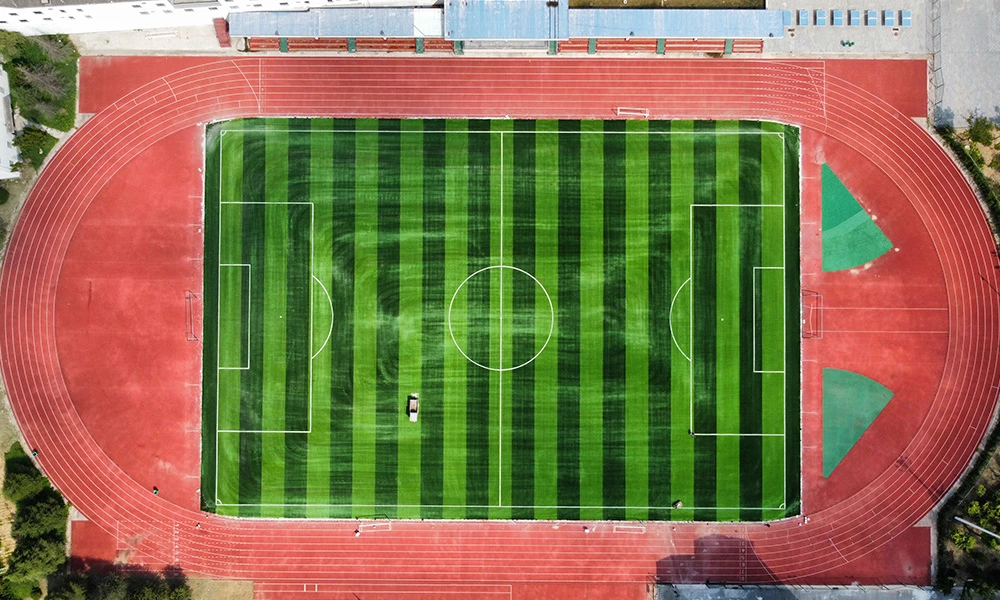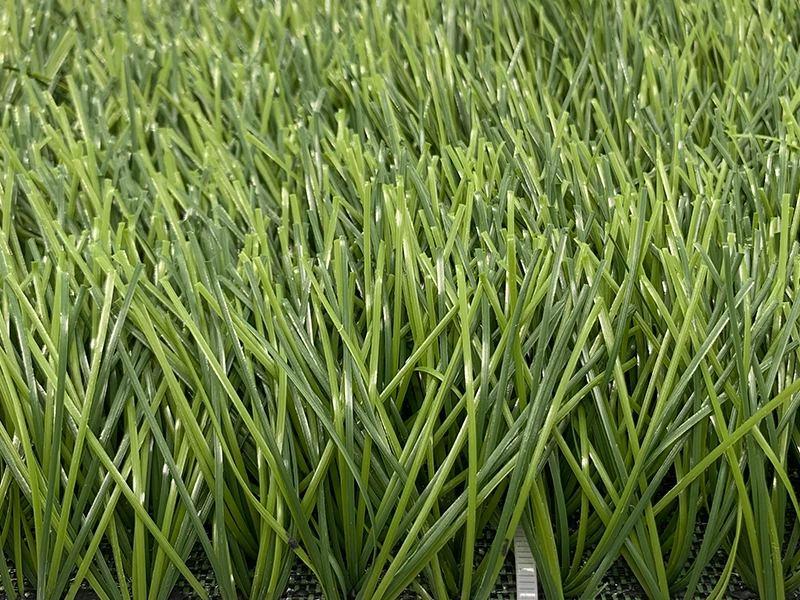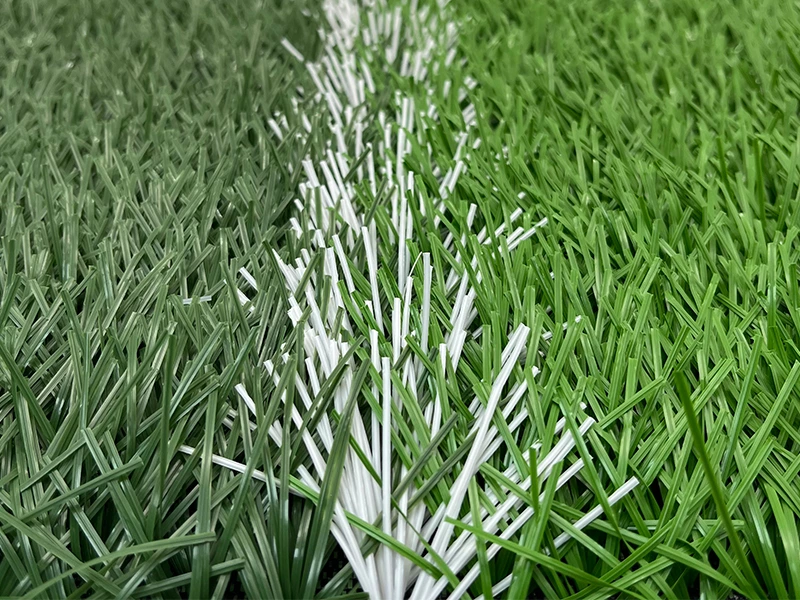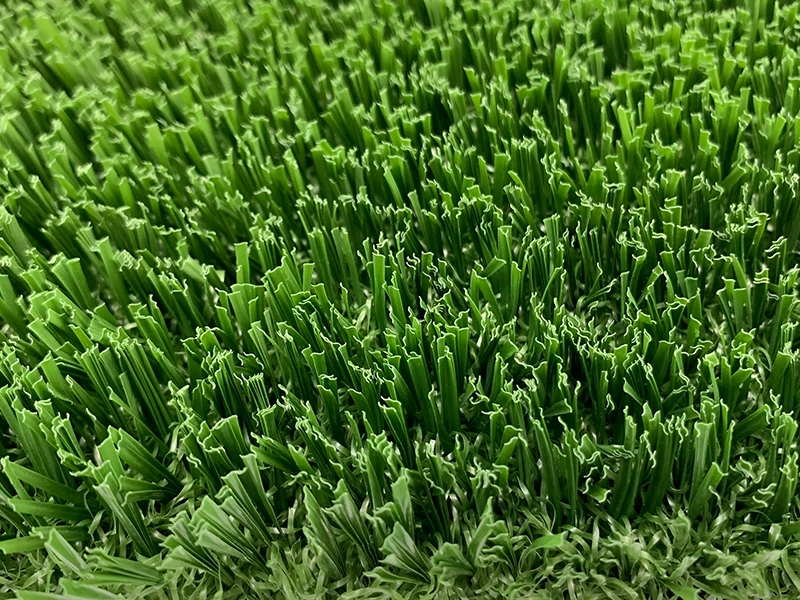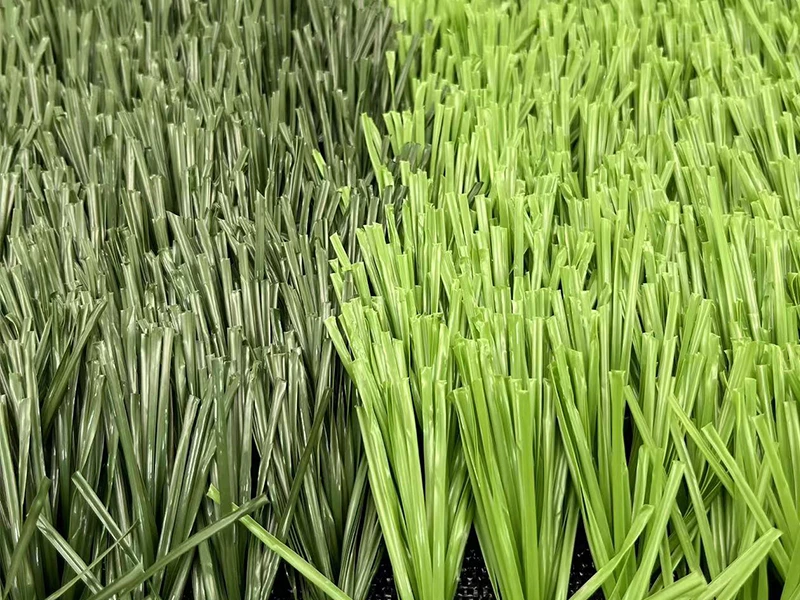Can I lay artificial grass without sub-base?
Artificial turf is widely used in stadiums, courtyards, parks and commercial landscapes due to its beauty, durability and low maintenance. However, when laying artificial turf, is it necessary to lay a base layer? Is it feasible without foundation treatment? This article will explore the importance of artificial turf foundation, different types of foundation treatment methods, and the feasibility of laying without a base layer in certain situations.
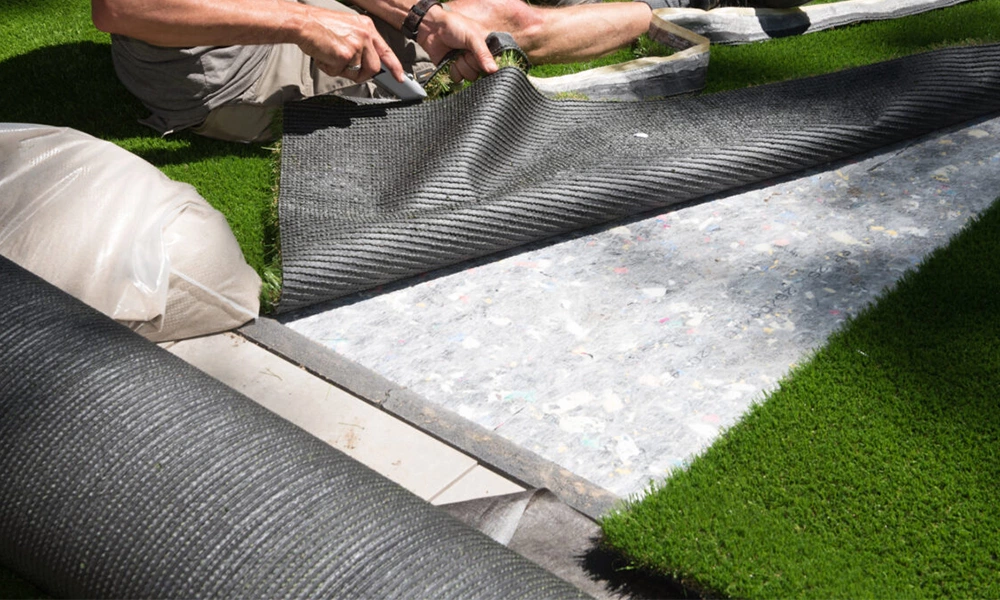
1. The importance of artificial turf foundation
The service life, comfort and drainage performance of artificial turf depend largely on the stability and quality of the foundation. A good base layer can ensure that the lawn is flat, does not accumulate water, and maintains durability after long-term use. Here is the importance of foundation treatment:
Ensure flatness: If the ground is uneven, the artificial turf may appear wrinkled or uneven, affecting the appearance and use experience.
Improve drainage performance: Proper foundation treatment helps to drain rainwater and sewage, and avoids deformation or damage to the lawn caused by accumulated water.
Enhance durability: A stable base layer can reduce the impact of ground settlement on the lawn, and avoid potholes or lawn displacement after long-term use.
Improve comfort: Especially in sports venues, high-quality foundations can provide better cushioning effects and reduce the risk of injury to athletes.
2. Common foundation treatment methods for artificial turf
Gravel base (most common)
Gravel base is the most widely used foundation for artificial turf construction and is suitable for most outdoor venues, such as playgrounds, football fields and park green spaces.
Construction steps:
Dig the ground and clean up debris.
Fill with gravel (usually 5-10cm thick) and compact it.
Lay a sand layer (3-5cm thick) and further level it.
Lay the artificial turf to ensure a firm bond.
Advantages:
Good drainage performance to avoid water accumulation.
Stable structure, can effectively reduce lawn deformation.
Applicable to a variety of climatic conditions.
Concrete or asphalt base (suitable for high-end venues)
Concrete or asphalt base is often used in high-end sports venues, such as professional football fields, tennis courts and basketball courts.
Construction steps:
Dig and compact the ground.
Concrete or lay asphalt, and make sure the ground has a slight slope for drainage.
Lay an elastic cushion on the base to improve comfort.
Lay artificial turf and fix the edges.
Advantages:
High stability, suitable for long-term and high-intensity use.
Not easily affected by weather.
Reasonable drainage design can quickly drain rainwater.
Permeable base (suitable for environmental protection projects)
Permeable base usually uses permeable concrete or special gravel filling materials, which is suitable for environmental protection and sustainable greening projects, such as roof gardens and ecological parks.
Construction steps:
Prepare permeable materials such as permeable concrete or sand and gravel.
Lay the permeable layer and compact it.
Lay artificial turf on it and fix the edges.
Advantages:
Good drainage and permeability.
Suitable for ecological landscape projects.
Helps reduce rainwater runoff and improve greening effects.
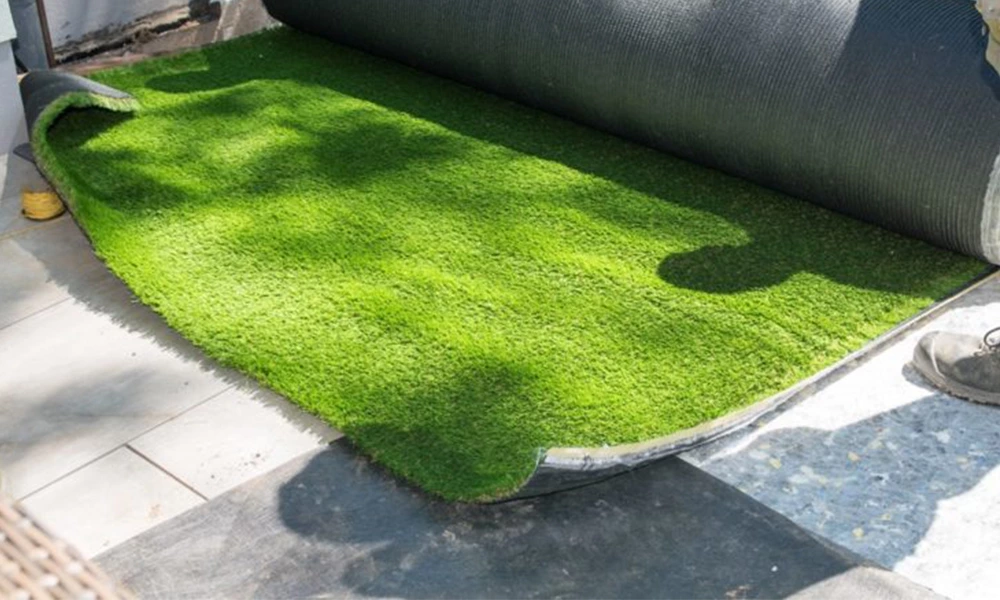
3. Can artificial turf be laid directly without a base layer?
It is feasible in some cases
Although artificial turf requires a solid base in most cases, it can be laid directly without a base in some specific environments:
Lawn covered soil: If the site is natural soil and the land has been compacted and leveled, artificial turf can be laid directly, which is suitable for home gardens or temporary exhibitions.
Sand or mud ground: For some temporary sites, such as beach activity areas, strict foundation treatment is not required, but weighted fixtures are required to avoid displacement of the lawn.
Special structure lawn: Some high-tech artificial turfs come with drainage layers and stable structures, allowing them to be laid directly on natural ground to reduce construction costs.
Risks of not laying a base
If artificial turf is laid directly without foundation treatment, the following problems may occur:
Uneven ground: The lawn may be undulating and wrinkled, affecting the appearance and user experience.
Poor drainage: If the ground is not permeable, rainwater may accumulate under the lawn, causing damage or deformation of the lawn.
Decreased durability: Directly laid lawns are susceptible to ground subsidence, resulting in partial collapse or tearing.
4. Future development trends of artificial turf foundation treatment
With the advancement of technology, the foundation treatment methods of artificial turf are also constantly developing, and the following trends may appear in the future:
Smart lawns with built-in drainage systems: New artificial turfs may use built-in drainage and stabilization technology, allowing them to be laid directly on the ground without excessive treatment.
Environmentally friendly and degradable foundation materials: Degradable and environmentally friendly base materials may be used in the future to reduce the impact of construction on the environment.
Modular laying technology: The use of prefabricated modular bases makes lawn laying faster and more flexible while maintaining good drainage and stability.
